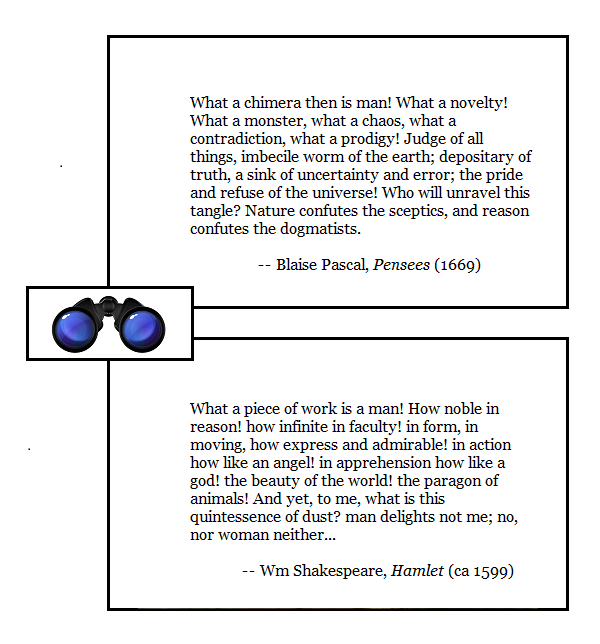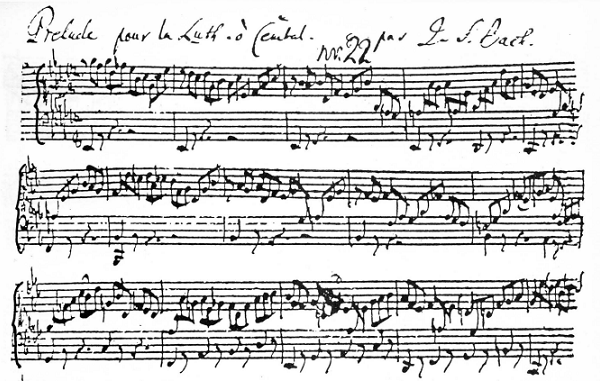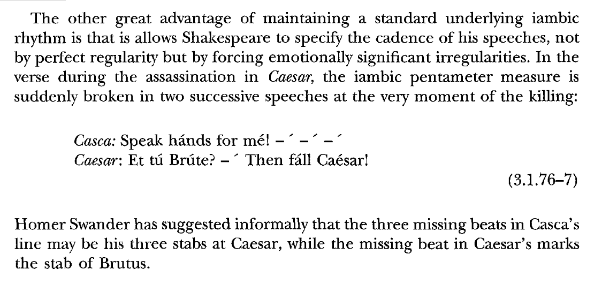ISIS, bridal and burial veils, Rilke
Monday, July 17th, 2017[ by Charles Cameron — some non-Islamic (archetypal) context for a jihadist’s bride receiving a suicide belt as a wedding gift ]
.
Asia Ahmed Mohamed, 26 (left), was given a suicide belt as dowry by her jihadi husband Mohammed Hamdouch – Daily Mail
**
The unfortunate King Admetus, who had shown great hospitality to Apollo when the latter was banished from Olympus for nine years, was gifted by the spinners of fates with an extended lifespan — provided a substitute was found at the time death came to claim him.
Death came for Admetus, and in the great poem that Rainer Maria Rilke wrote, after his father, mother and closest friend have each refused the chance to save Admetus’ life at cost of their own — Admetus’ loving wife Alcestis steps forward to offer herself..
Here Rilke describes her inner state:
No one can be his ransom: only I can.
I am his ransom. For no one else has finished
with life as I have. What is left for me
of everything I once was? Just my dying.
Didn’t she tell you when she sent you down here
that the bed waiting inside belongs to death?
For I have taken leave. No one dying
takes more than that. I left so that all this,
buried beneath the man who is now my husband,
might fade and vanish–. Come, lead me away,
already I have begun to die, for him.
**
The young, free, wild woman, the Artemis in every young bride, loses not just her father’s name but her identity, her life even, at the moment of marriage: the more sober, adult, bound woman, the wife, succeeds toi her flesh and days.
This theme, in which the (presumably white) bridal veil is seen to imply the (presumably black) burial veil, is a central strand in Greek tragedy, not just in Euripides ALcestist, from which Rilke drew his narrative, but in all three great tragedians, as Rush Rehm shows in his book, Marriage to Death: The Conflation of Marriage and Funeral Rituals in Greek Tragedy:
The link between weddings and death — as found in dramas ranging from Romeo and Juliet to Lorca’s Blood Wedding–plays a central role in the action of many Greek tragedies. Female characters such as Kassandra, Antigone, and Helen enact and refer to significant parts of wedding and funeral rites, but often in a twisted fashion. Over time the pressure of dramatic events causes the distinctions between weddings and funerals to disappear. In this book, Rush Rehm considers how and why the conflation of the two ceremonies comes to theatrical life in the tragedies of Aeschylus, Sophocles, and Euripedes.
**
Oh yes, and here’s Santa Muerte as Death Bride:
Regarding Santa Muerte, here’s R. Andrew Chesnut‘s abstract for his book, Devoted to Death: Santa Muerte, the Skeleton Saint:
Although condemned by mainstream churches, this folk saint’s supernatural powers appeal to millions of Latin Americans and immigrants in the U.S. Devotees believe the Bony Lady (as she is affectionately called) to be the fastest and most effective miracle worker, and as such, her statuettes and paraphernalia now outsell those of the Virgin of Guadalupe and Saint Judetwo other giants of Mexican religiosity. In particular, the book shows Santa Muerte has become the patron saint of drug traffickers, playing an important role as protector of peddlers of crystal meth and marijuana; DEA agents and Mexican police often find her altars in the safe houses of drug smugglers. Yet Saint Death plays other important roles: she is a supernatural healer, love doctor, money-maker, lawyer, and angel of death. She has become without doubt one of the most popular and powerful saints on both the Mexican and American religious landscapes.
In Santa Muerte we see the conflation of wedding and funeral alive and well in 21st century Mexico — and rippling out into the wider world.
**
That’s pretty much the cross-cultural context against which I understand a Jihadist’s bride given SUICIDE BELT as wedding gift:
Asia left Spain for Syria in March 2014 where she married Hamdouch, also known as Kokito de Castillejos, ‘the decapitator of Castillejos.’
During the ceremony, the terrorist gave his wife a belt of explosives. They had a son.







